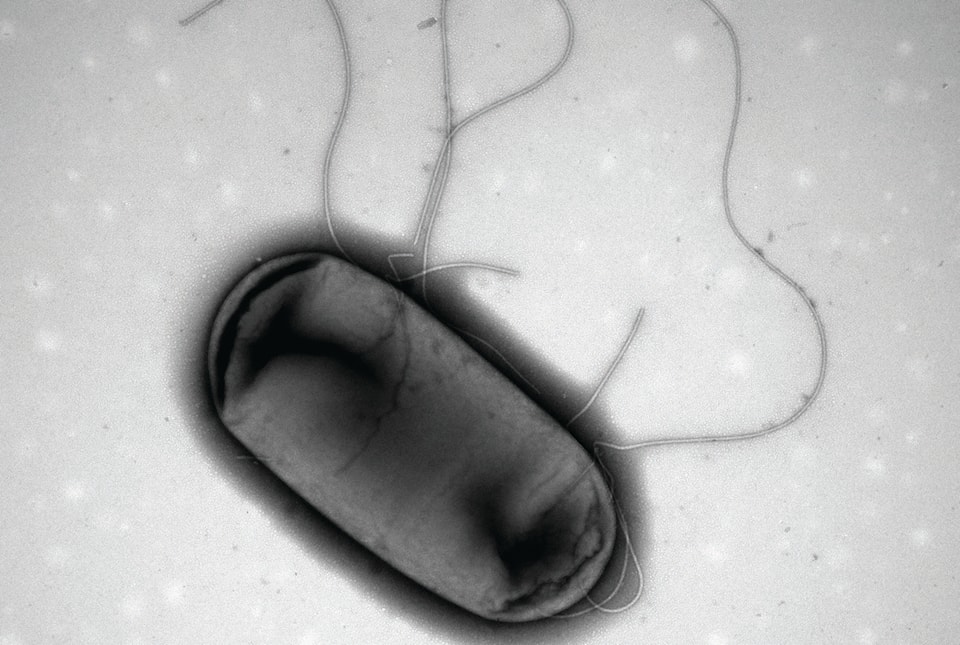As summer activities ramp up and the first wave of COVID-19 begins to fade, swimmers coming to Harrison Hot Springs will still need to be careful.
According to recent test results from Fraser Health, portions of Harrison Lake Lagoon have had unusually high readings of E. coli bacteria.
While the current status of Harrison Lake Lagoon-East is currently listed as open to swimming, the west portion of the lagoon in particular has been reading rather high. By Fraser Health standards, 200 E. coli bacteria per 100 millilitres is deemed satisfactory whereas prolonged readings above 400 would warrant an assessment.
RELATED: Harrison Lagoon closed due to E. coli
Harrison Lake Lagoon - West read at 1,250 – just over six times the satisfactory limit – on May 22. Levels went down significantly to 495 when tested a week later on May 29. Harrison Lake Lagoon – Centre was fine at 27 bacteria on May 22 but has spiked to 850 during the May 29 test.
Village officials indicated they do testing independent of Fraser Health every week. While village staff acknowledged high E. coli levels are not uncommon during the later summer months especially during dry spells, it’s unusual to see these levels this early on. This lends credence to the possibility the high tests are an anomaly as other tests from the village – which take place every Monday – have indicated more acceptable bacteria levels.
At the end of the day, though, it’s Fraser Health’s decision to shut down swimming if levels pose a threat to public health. Fraser Health testing information, as of the publication of this article, has not been updated since May 29 and there is no indication Harrison’s swimming areas have been shut down. The village has signage and alerts on standby if the decision comes down to shut down swimming.
READ ALSO: Maple Ridge’s Whonnock Lake Beach closed because of E. coli
Fraser Health, too, samples water on a weekly basis during the spring and summer months, done at the same general location but at varying times and days of the week to help minimize the margin of error.
E. coli in natural bodies of water most commonly comes from fecal contamination, which in the case of Harrison and other surrounding areas, comes from Canada geese. With that said, though, according to Fraser Health, swimming in most recreational bodies of water throughout the province is still fairly low risk.
“There is always some level of risk when swimming in untreated recreational waters; natural bodies of water are not treated to remove bacteria, are not sampled daily, and there is delay between the sampling time and the results,” Fraser Health states. “In order to minimize risk while swimming in recreational waters, one should avoid ingestion of water. Young, elderly, or immunocompromised individuals may occasionally be at greater risk depending on bacterial levels.”
If you have been swimming in a recreational body of water recently and you experience such symptoms as nausea, vomiting or diarrhea, please seek medical attention.
For the latest on beach conditions and other local health issues, visit Fraser Health online at fraserhealth.ca.
adam.louis@ahobserver.com
Like us on Facebook and follow us on Twitter
Want to support local journalism during the pandemic? Make a donation here.
